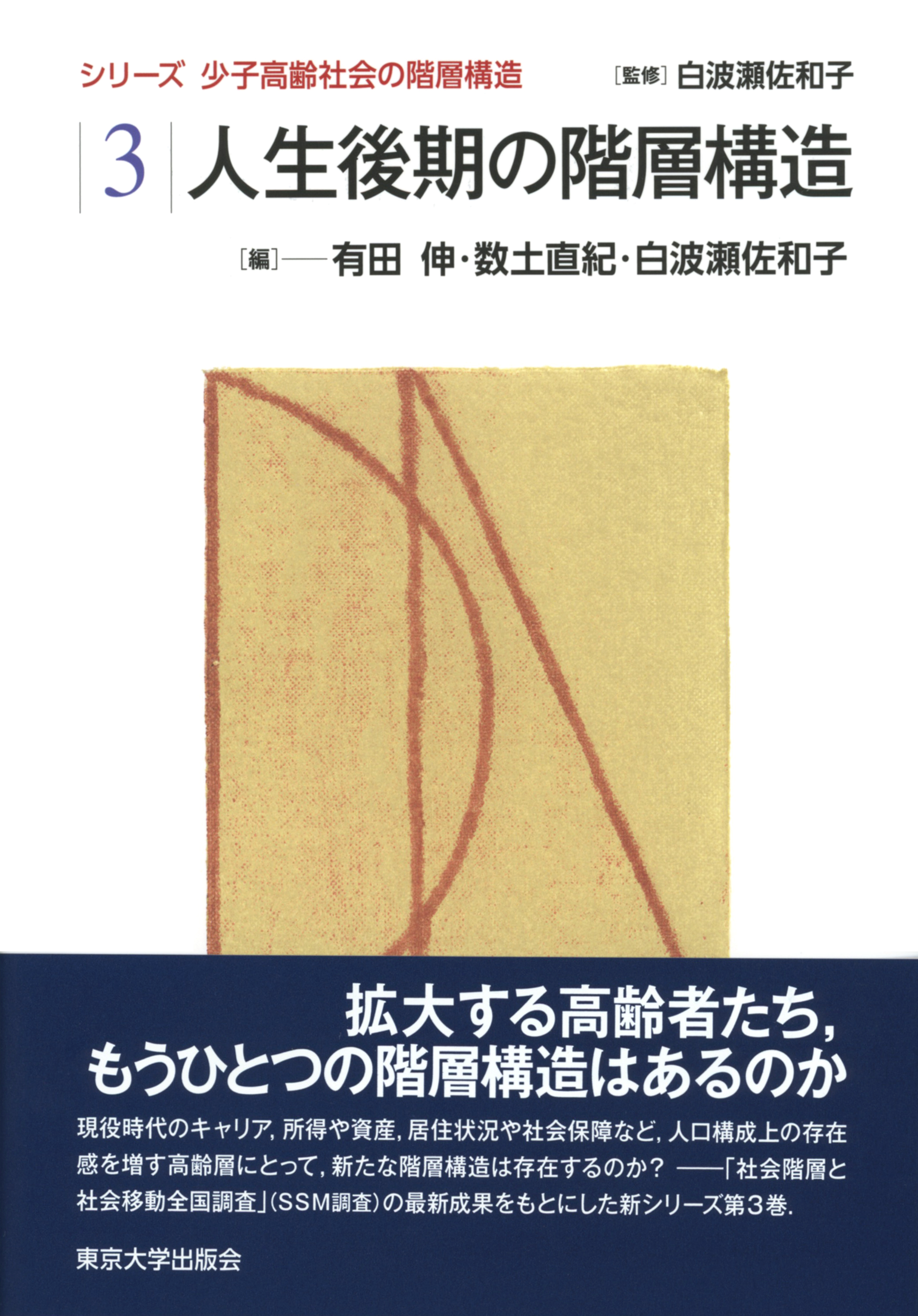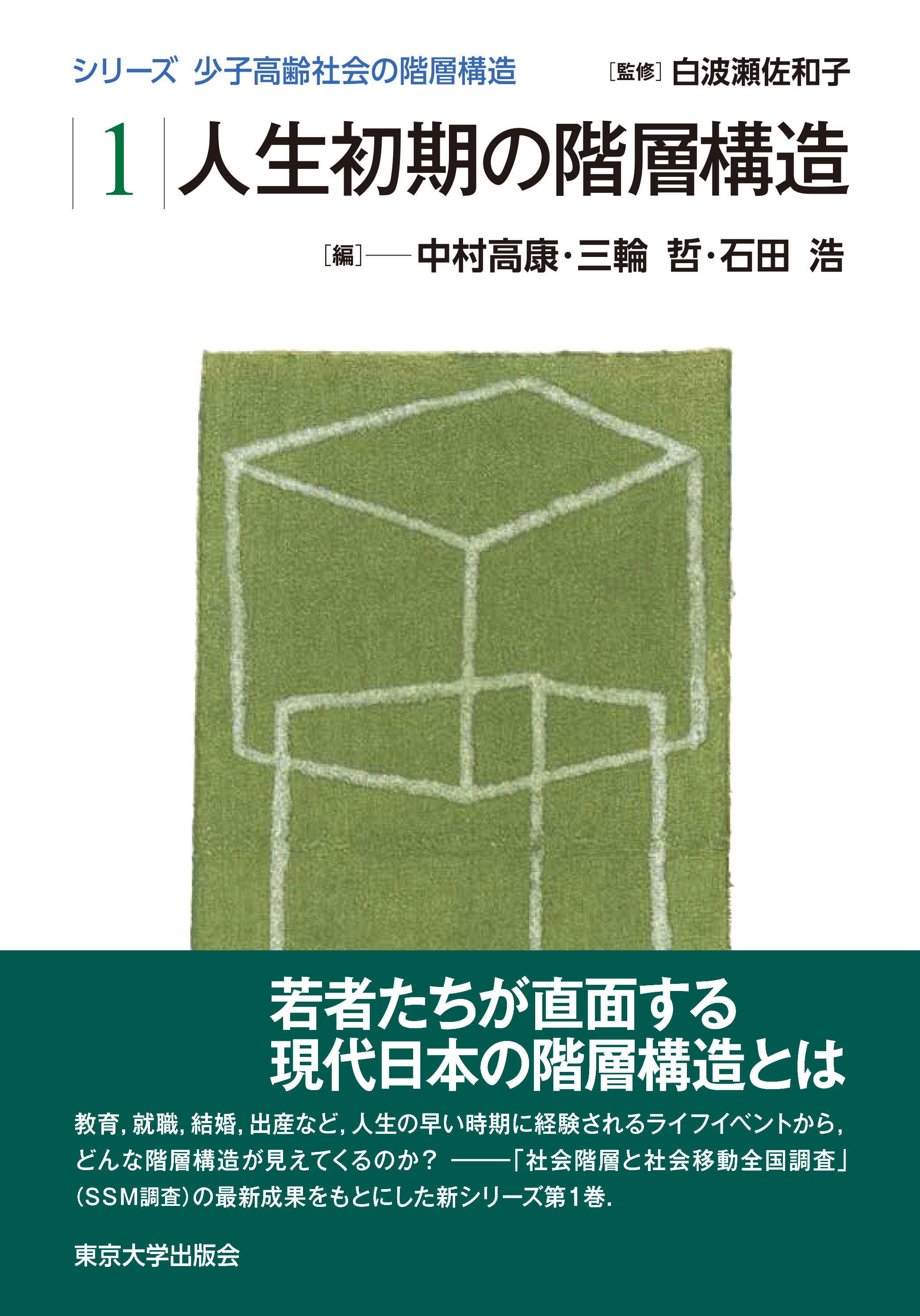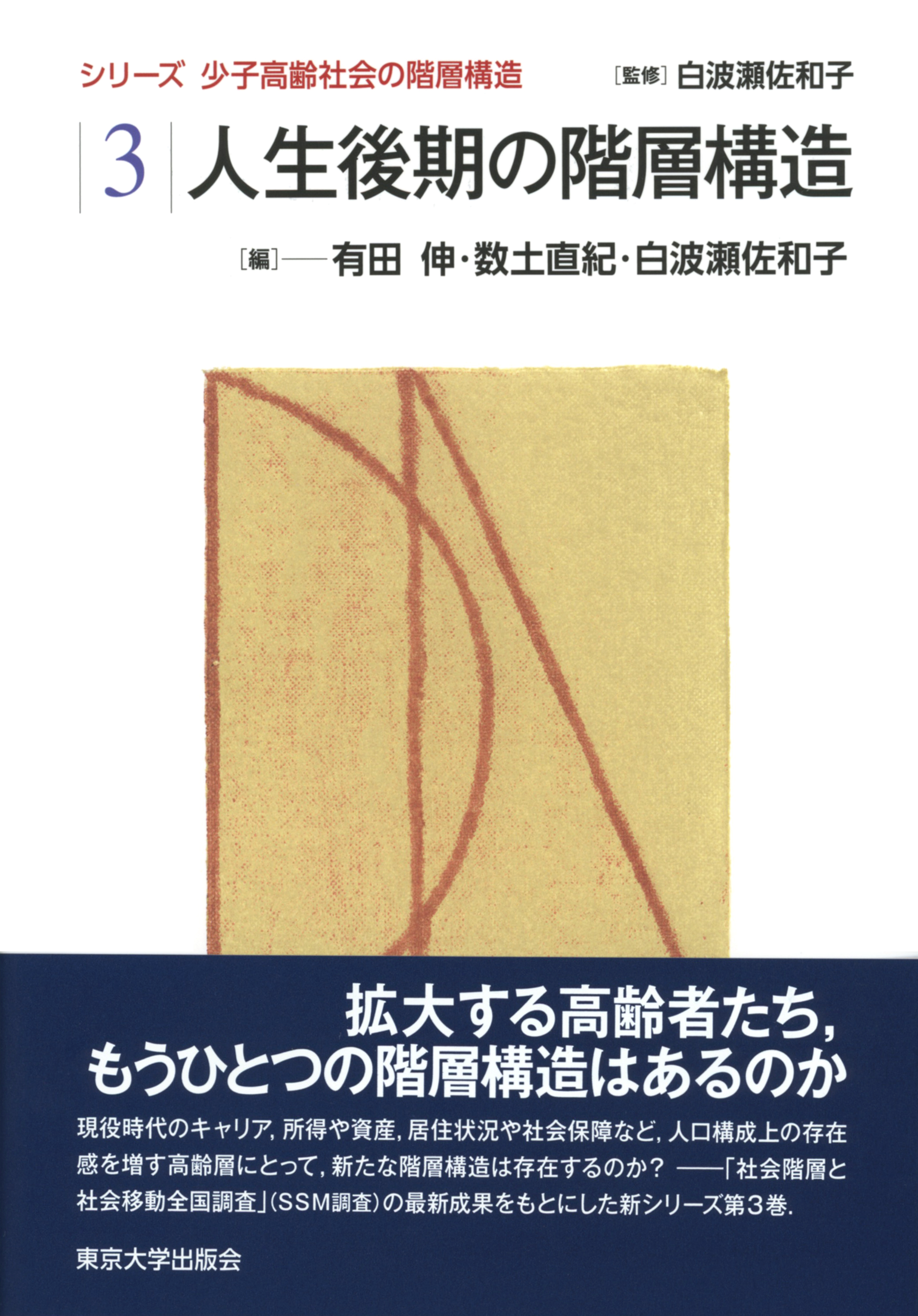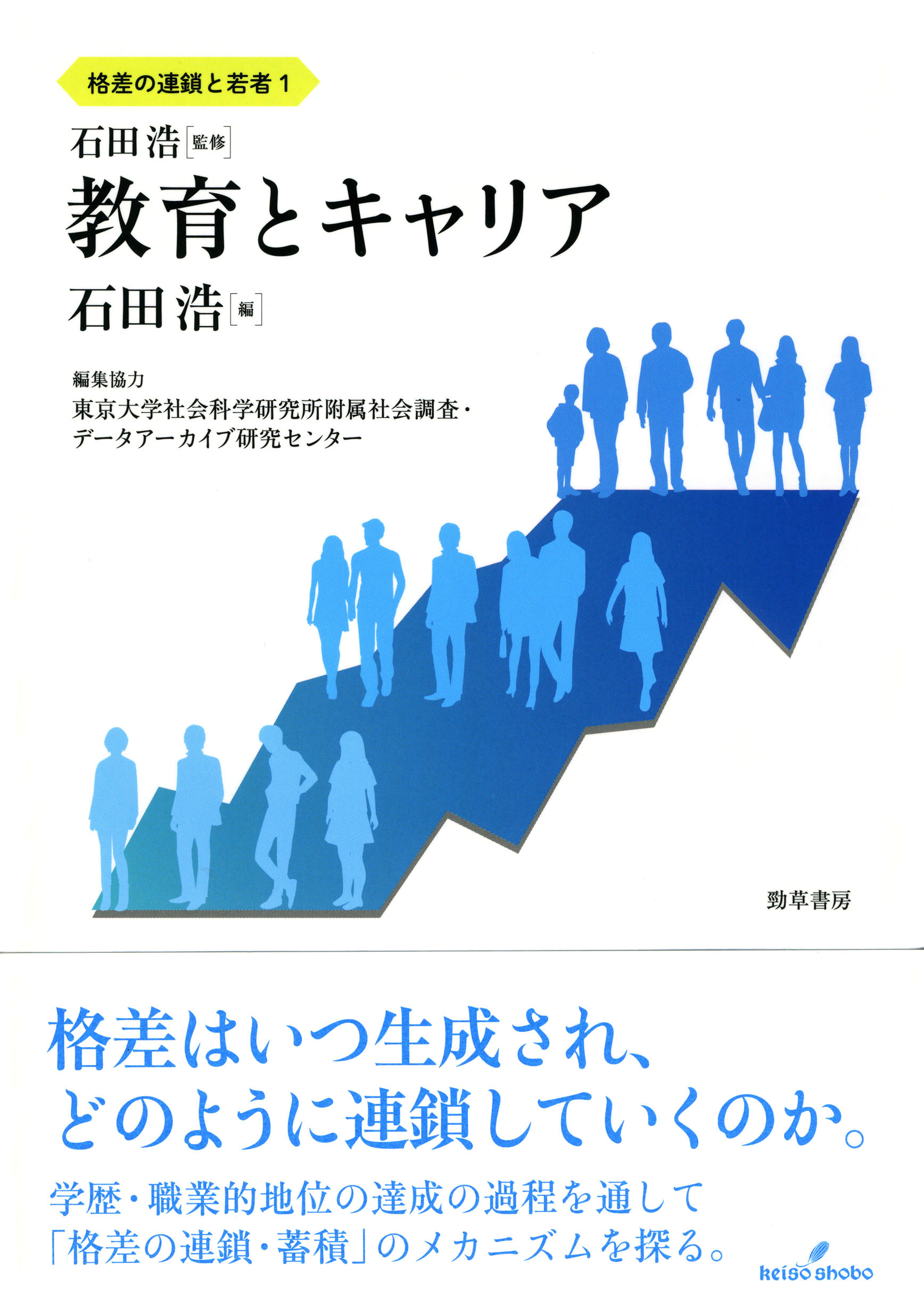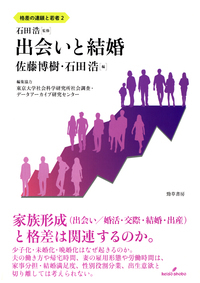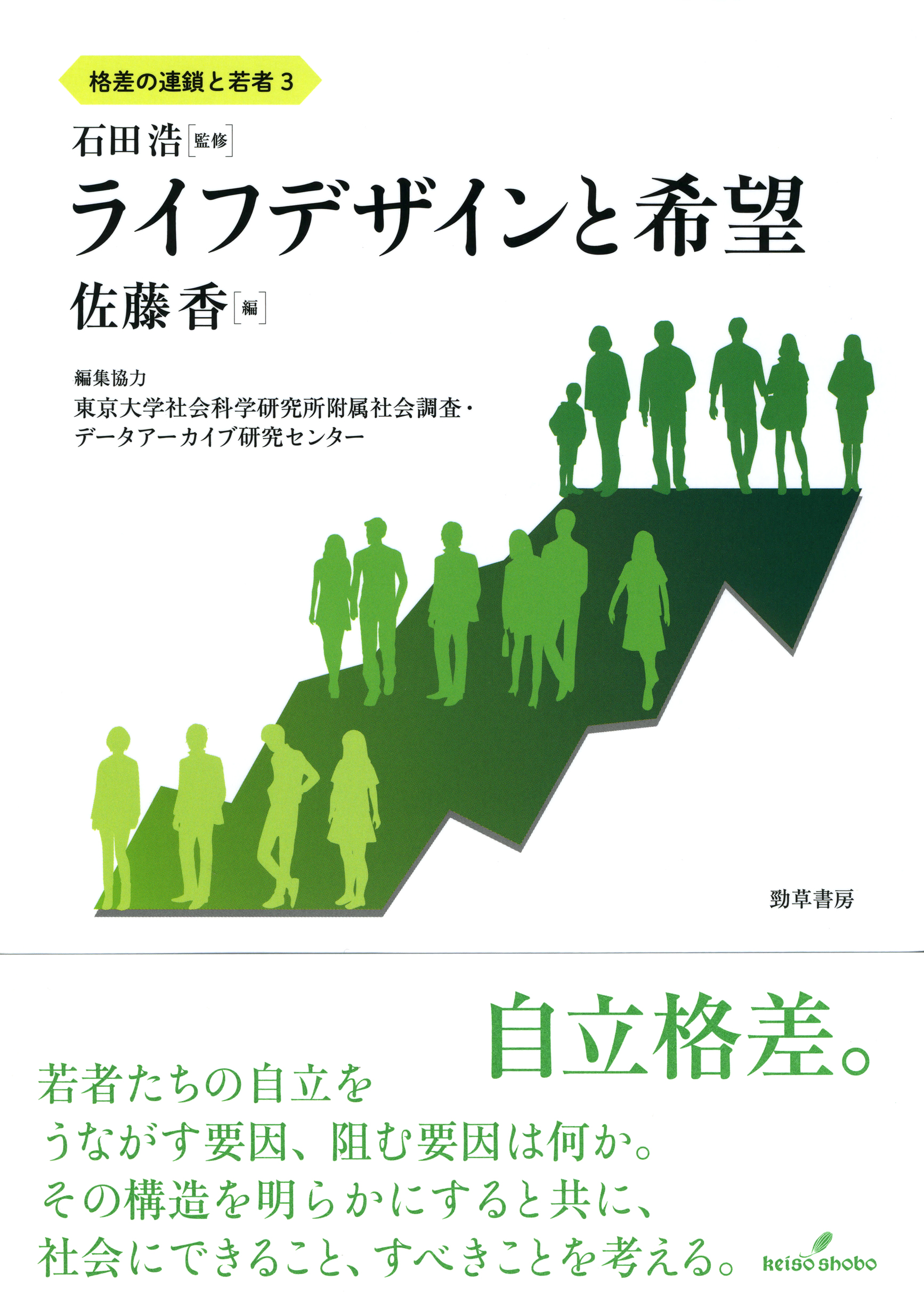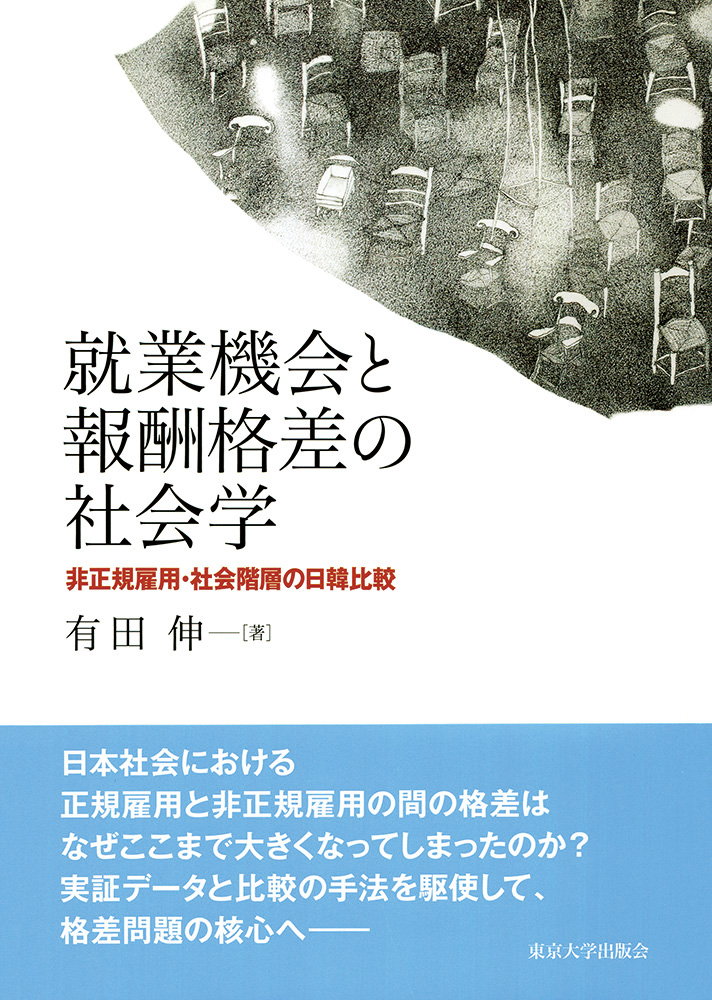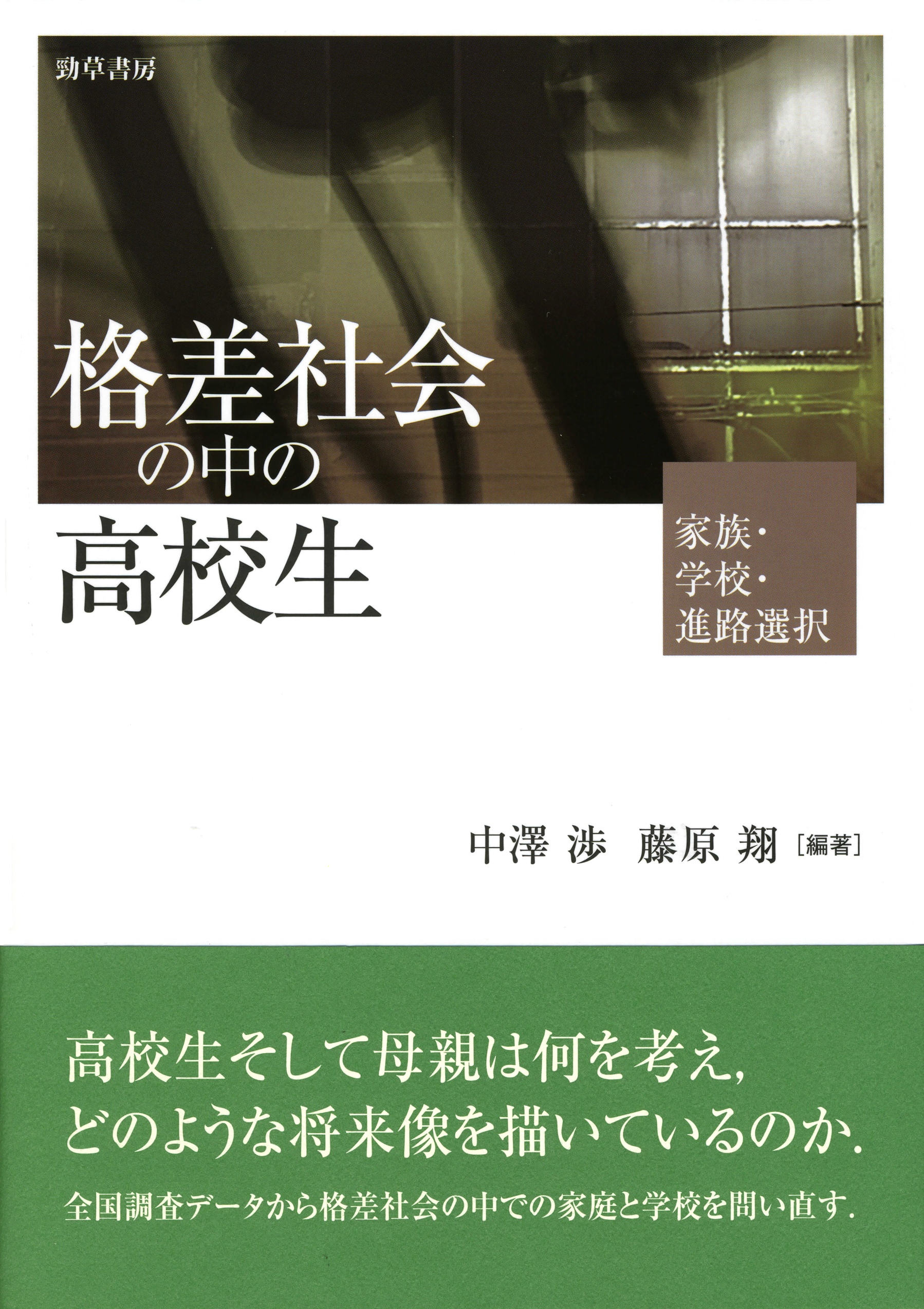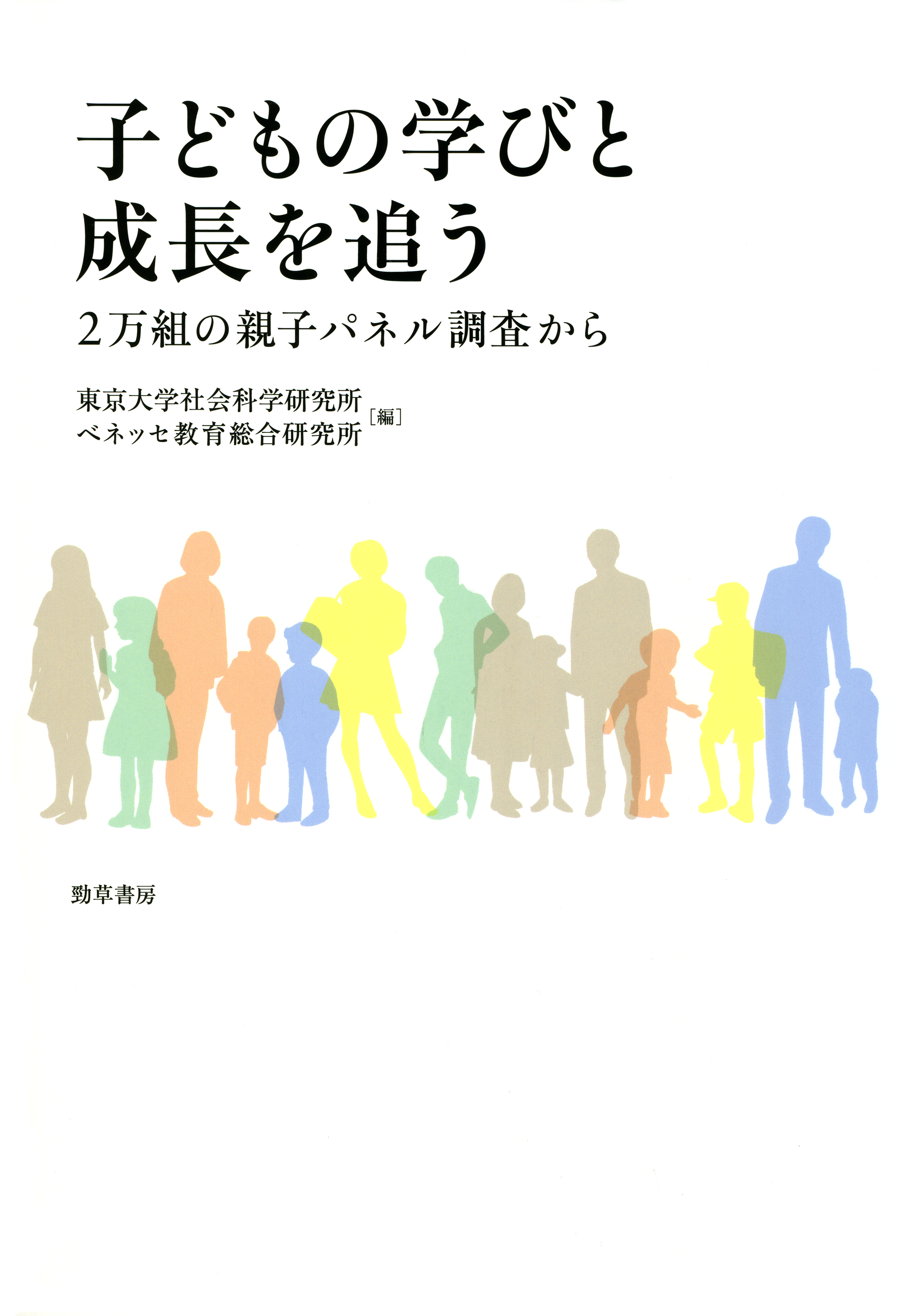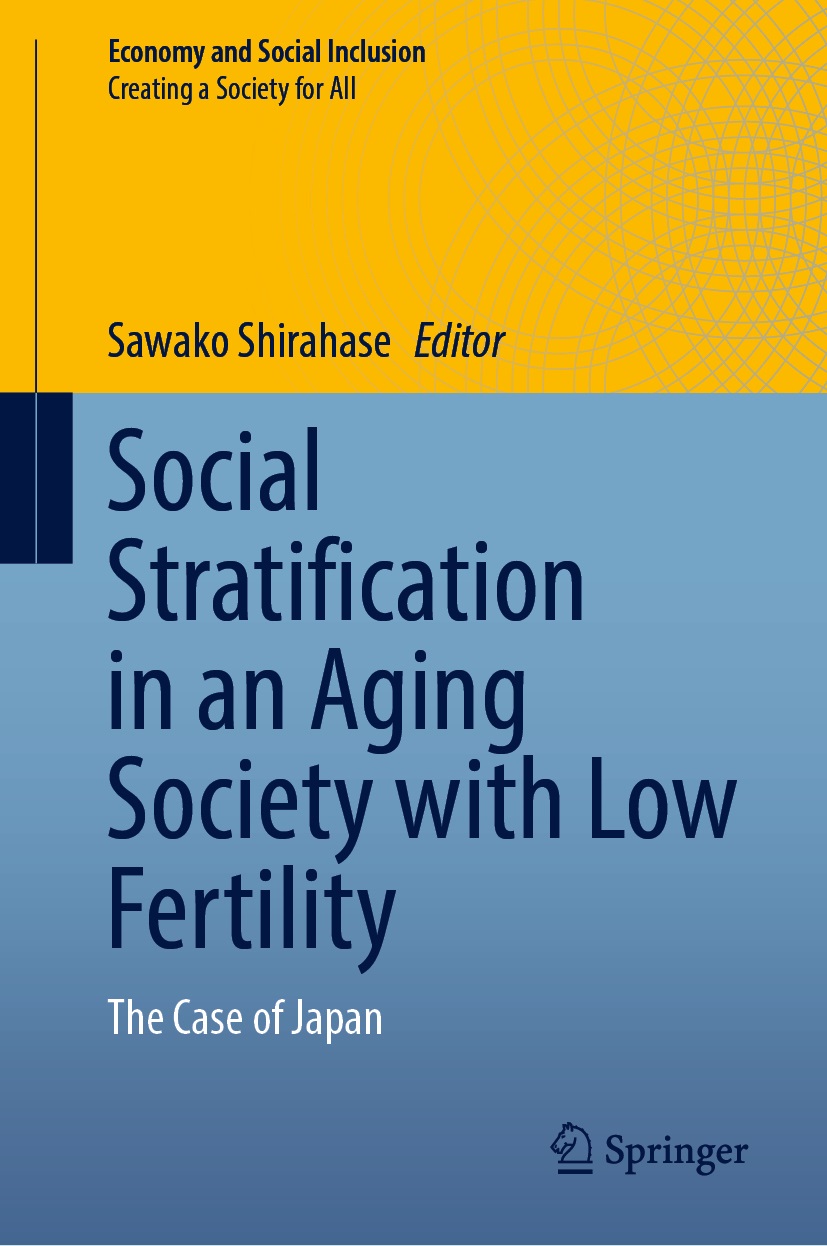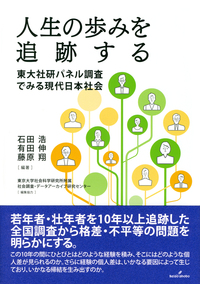
Title
Jinsei no ayumi o Tsuiseki suru (Tracing People’s Lives - How Contemporary Japanese Society Is Reflected in the Japanese Life Course Panel Surveys [JLPS])
Size
288 pages, A5 format
Language
Japanese
Released
January, 2020
ISBN
978-4-326-60326-8
Published by
Keiso Shobo
Book Info
See Book Availability at Library
Japanese Page
Tracing People’s Lives identifies the accumulation of various events that people experience, such as advancing to higher education, employment, relationships and friendships, marriage and child rearing, as life course trajectories, and describes the diversity of life courses by clarifying the trajectories followed by many people as well as the way in which individual trajectories differ. Bringing together the life courses of many individuals leads to a description of what our society looks like. For instance, the continuous decline in birthrate seen in the Japanese society as a whole can be interpreted as a consequence of individuals’ life courses regarding decisions to have children. At the same time, social institutions restrict and condition individuals’ choices within the life course. The institutional frameworks supporting the balance of employment and child rearing are closely related to individuals’ choices regarding childbirth and the continuation of employment. This example suggests that individuals and societal institutions interact and influence each other, and that the analyses of the life courses of individuals can highlight the characteristics of a society as a whole.
This study uses the Japanese Life Course Panel Surveys (JLPS) conducted by the University of Tokyo, which have been tracking individuals for more than ten years. In contrast to single-point cross-sectional surveys, by following up the same individuals it becomes possible to trace individuals’ life courses and their changes. The first part of the book, “Employment, Career, and Poverty,” consists of three chapters that focus on employment and its economic consequences. Research questions analyzed in these chapters include: Is it true that there is a “steady lifetime prosperity” where income rises with age as one’s career progresses? How do people fall into poverty or how are they able to escape from poverty during the life course? How do gender-based income disparities expand as careers unfold? The second part, “Daily Life and Health,” takes up the trajectories related to health, housing, and social isolation. Research questions analyzed in this part are: How do people’s health conditions change due to workplace environment and health behaviors such as exercise and diet? Who lives in what kind of housing and who transition to home ownership? Who becomes socially isolated or is able to escape from isolation in the process of making or losing friendship relationships?
The third part, “Family,” considers marriage, work-life balance, and educational aspirations in relation to the family. Research questions analyzed in this part include: What kind of “spouse hunting” leads to marriage or to the collapse of relationships? Does the workplace environment regarding work-life balance have an impact on marriage and job satisfaction? Who has high educational aspirations for their own children? Finally, the fourth part, “Attitudes toward Society and Politics,” turns the spotlight on the changes in people’s attitudes and opinions. The following research questions are analyzed: Have changes in political and social circumstances in the 2000s brought about changes in the hopes that people have or their degree of satisfaction with daily life? Has the heightening of risk regarding employment and the family caused changes in the support for the welfare state?
(Written by ISHIDA Hiroshi,, University Professor, Institute of Social Science / 2022)
Related Info
https://csrda.iss.u-tokyo.ac.jp/english/socialresearch/



 Find a book
Find a book


 eBook
eBook